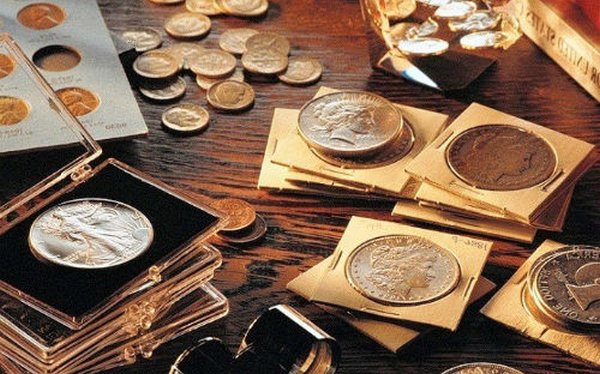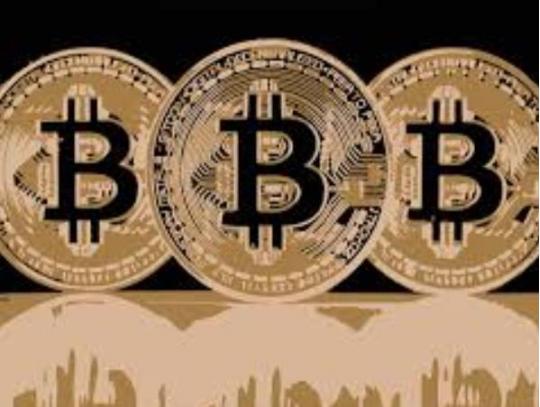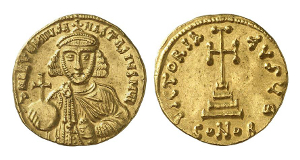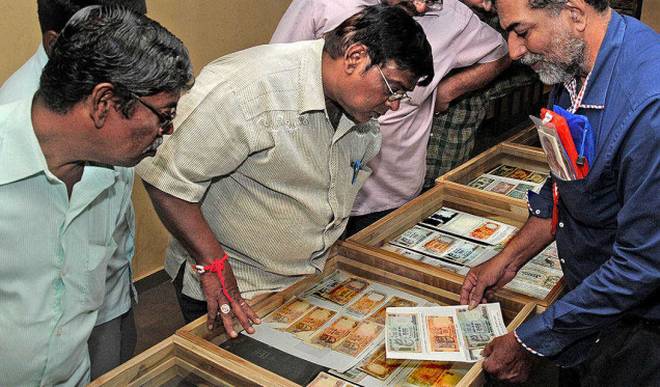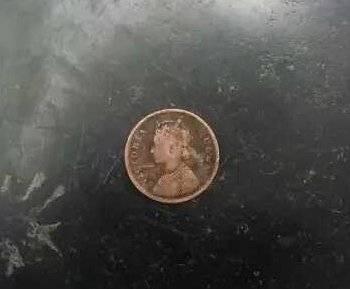Celtic Coins (III-I century BC)
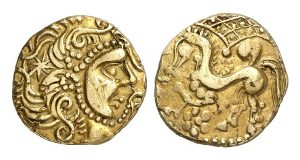 The name “Celts” was first mentioned by the Greek historian Herodotus (Greek “keltoi” means “brave”). At one time, the Celts were scattered throughout Northern Europe, although it was never a question of any kind of Celtic public education, but at most temporary alliances of individual tribes to achieve certain goals.
The name “Celts” was first mentioned by the Greek historian Herodotus (Greek “keltoi” means “brave”). At one time, the Celts were scattered throughout Northern Europe, although it was never a question of any kind of Celtic public education, but at most temporary alliances of individual tribes to achieve certain goals.
From the 5th century to the 1st century BC Celtic art and culture dominated the territory between Turkey in the east and Ireland in the north-west. Since the Celts did not have their own written culture, almost all of our knowledge about them comes from the sources of their Greek and Roman opponents.
At the end of the third century, the Celts began issuing their own coins minted in Greek patterns. Most likely, the Celts were forced to take this step by the difficulties of barter with the Greek colonies expanding in the Mediterranean. Throughout its history, the Celts used gold, silver, potin (an alloy of copper and tin) and bronze to stamp their coins. The most famous Celtic gold coins are the so-called “rainbow bowls”, small Celtic plates in the form of plates, characterized by abstract symbolic patterns. According to popular belief, it was possible to distinguish a rainbow on Celtic coin images, as a result of which the coins got their name. By the stylistic differences of the coins, it is possible to determine on the territory of which settlements (Britain, Gaul or Spain) and by which tribes (Vindelis, Boi or Carnates) they were minted. The Celtic currency finally ended with the advent of the New Era, when almost all the regions previously inhabited by the Celts were conquered by the Romans.
Start collecting unique Celtic coins and immerse yourself in a world of images of one of the most ancient European cultures. Meet the rich symbols of the Celtic coins!
